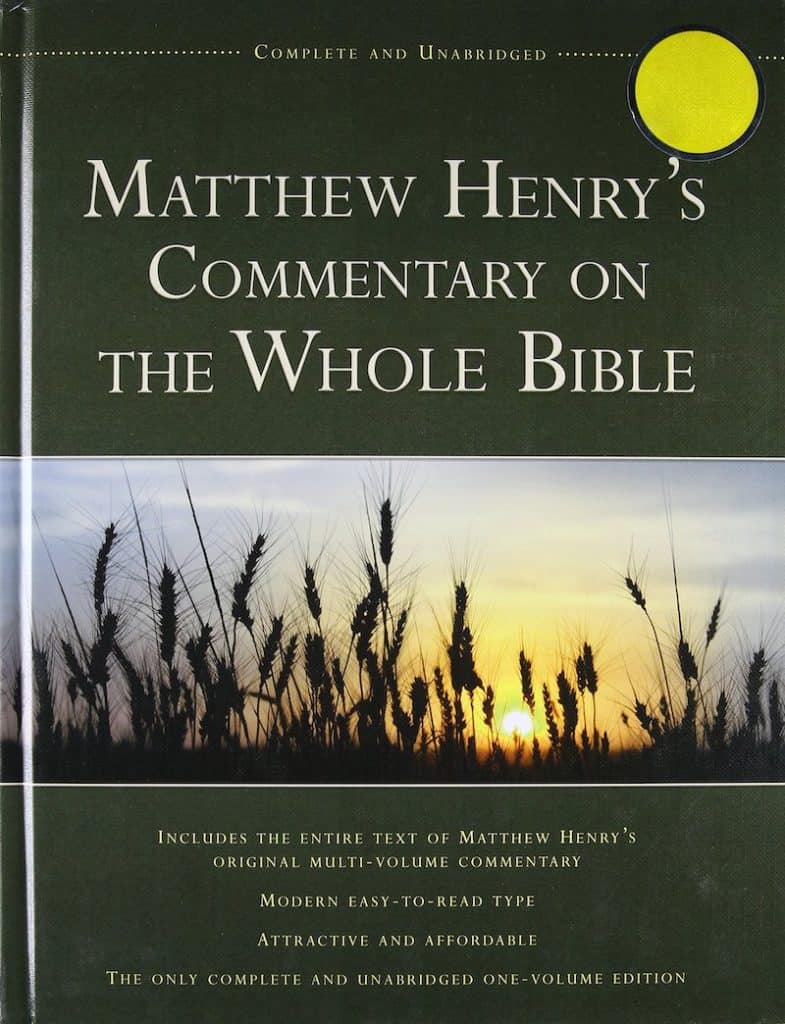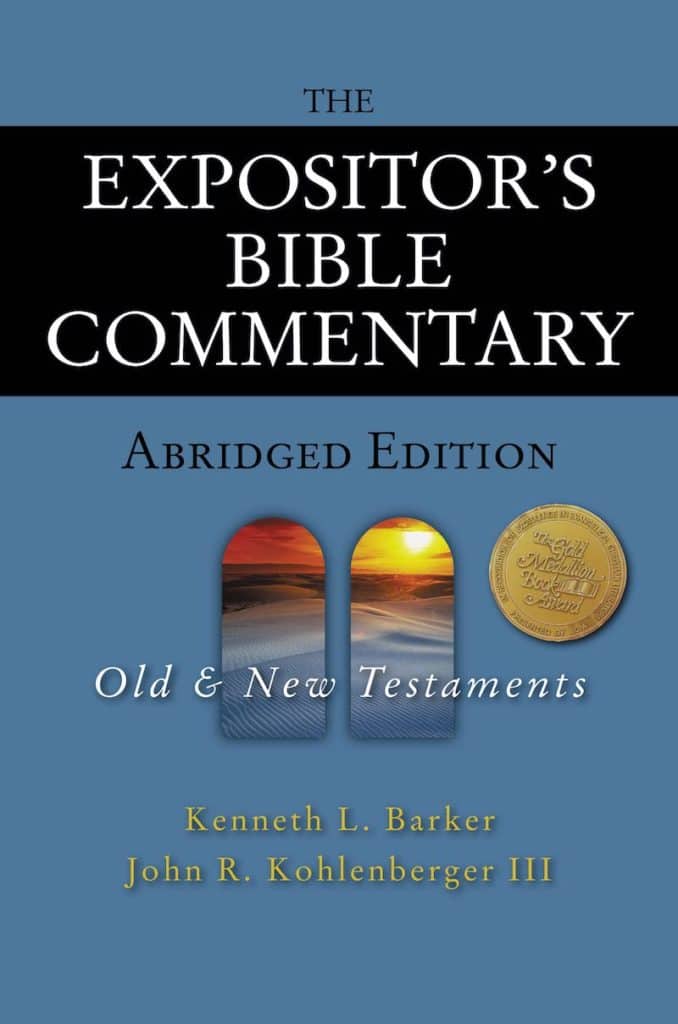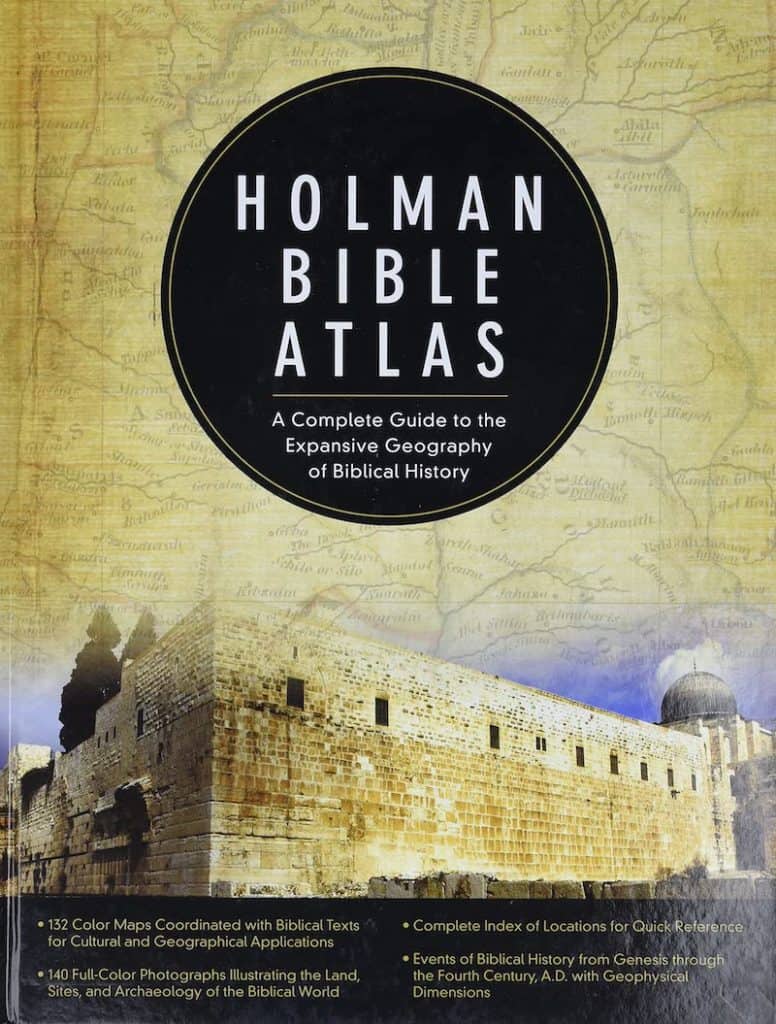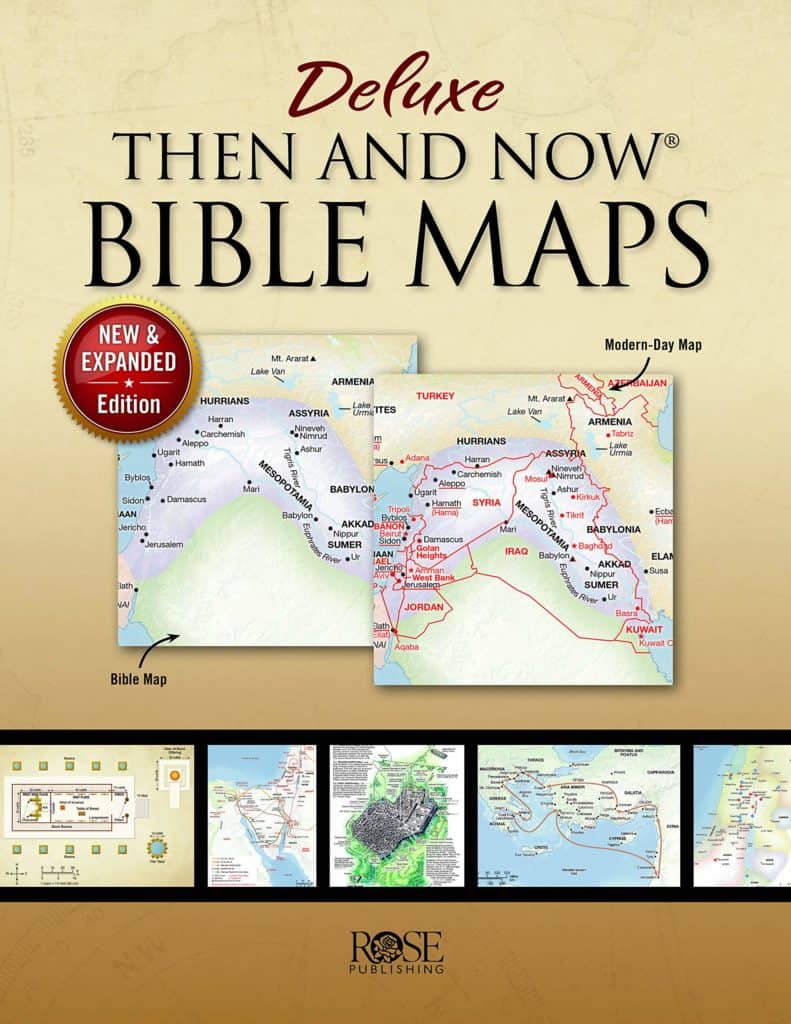Life can sometimes be hard, and for many, it seems to be increasingly hard in various aspects of our day-to-day experience. People are looking for the truth about life, about happiness, and how to find peace, joy, or simple contentment. With the world and culture changing as it has in the last few years there are some people, both long-time Bible readers and beginning Bible readers, who are getting more serious about studying God’s word personally. They want more than to simply hear it second hand. They want to study it themselves. That is a positive step for people.
It is great when a person turns to God’s word and the entire Biblical narrative to find the truth about life. People seek to know why we are here, what is our purpose, and how we should live our lives.
Making Bible reading, Bible study and Bible memorization are practices that are invaluable. We will take a look at some great Bible study tools that many use. Also, in additional writings, we will explore some of the best Bible study software such as the Logos 10 Bible Study Platform. Tools such as that can skyrocket your ability and speed at which you can study God’s word.
Using The Best Bible Study Tools
Even better than simple Bible reading is more intensely studying God’s word. It can be a wonderful and life-changing experience in itself. With the resources found today, you don’t have to be a studious Bible scholar in order to benefit from some serious Bible study.
With the Bible study resources that are available to us now, it’s easy for a person to do their own personal study of Bible passages of interest or the entire Bible.
We will share some great Bible study tools with you. However, we want to point out that you don’t need all of these Bible resources to begin to engage in some great Bible study of your own. These are some Bible tools we would encourage you to have, but don’t wait until you have a lot of Bible study tools to get started.

So, let’s have a look at some of the things that can help you in terms of the best Bible study tools.
1- A Good Bible Translation
It could go without saying that you need one of the good translations of the Bible. That may simply mean using a favorite Bible that you already have. Some of the different Bible translations that we recommend are the New International Version (NIV), New American Standard Bible (NASB), New Living Translation (NLT), New King James Version (NKJV), and the English Standard Version (ESV).
[amazon box=”0310448646″]
2- Study Bible
As you are considering various Bible translations to use in your Bible studies, you may want to go ahead and choose one of the many good study Bibles that are available. Many people will choose a good study Bible as one of their first steps into more fully studying God’s word.
A good study Bible will not be as thorough as having the individual Bible study tools that we will list. However, they usually include Bible commentary on the New Testament and Old Testament, a Bible concordance, Bible maps, historical background about each book, and other Bible study tools wrapped up into one larger Bible.
We think that a good study Bible is one of the best Bible study tools you can have!
You may find on LivingPraying.com that we recommend the Life Application Study Bible. We used the NLT translation of the Life Application Bible.
[amazon box=”1496439406″]
3- Good Bible Commentary
Bible commentaries that are written by Godly scholars who have been students of God’s word for many years are some of the most helpful Bible study tools we can have. Reading a reliable Biblical scholar’s comments and thoughts about a Bible verse or passage can greatly enhance your study. It can help you discover information that can bring you immediate insight into the meaning of a difficult passage.
You can use Bible commentary to read side by side with your Bible, or just have it available as a reference tool when you come across a passage where the Bible text seems to be more difficult. You can find many Biblical treasures and enhance your scripture knowledge by using Bible commentaries.
You will find that Bible commentaries can be an invaluable resource in your study of God’s word.
One of the commentaries that is tried and true is the Matthew Henry Commentary on the Whole Bible.

This is only a complete, unabridged, and one-volume edition of this very famous commentary work. Matthew Henry takes the reader from Genesis to Revelation by giving very practical commentary that is very applicable to our lives. He also gives devotional insight and demonstrates great scholarship on the entire Bible.
The Matthew Henry Commentary is great for readers who need the convenience and accuracy in a one-volume commentary.
Also available is The Expositor’s Bible Commentary – Abridged Edition: Two-Volume Set. https://amzn.to/3XWPsUp

Most people won’t necessarily need this and it’s quite expensive. However, if you really want to dive in deeply into something more detailed with several volumes- you might want to choose the Expositor’s Bible Commentary—Revised: 13-Volume Set
[amazon box=”0310491967″]
Another option worth mentioning is the Tony Evans Bible Commentary
Tony Evans has been studying and teaching the Gospel for more than 50 years and is one of the most significant church leaders of our time. This Commentary has an introduction to each Bible book and has commentary on passage-by-passage of the Bible.

4- Bible Software
You don’t need a lot of expensive computer technology or the software to go with it to do good Bible study. However, it really can help. Doing personal Bible study with the help of the line digital resources and Bible software can be amazingly helpful. You can get software with Bible tools like Bible dictionaries, commentaries, and many different Bible translations, study Greek words, and Hebrew words and dive deeply into the meaning of Bible stories and many Biblical narratives.
You can quickly study a Bible verse, word, or subject. Bible software can be s transformational Bible study tool.
You can dive deep into the meaning of God’s word while studying and researching the historical background found in between the pages of scripture.
You can have access to the Biblical world through a wider lens than you can imagine at the touch of a computer mouse or screen.
Two of the most popular Bible Study Software are the Logos Bible Software and Accordance Bible Software.
Some great free online bible resources are Biblegateway.com, Blueletterbible.com, and Biblehub.com among others.
5- Bible Concordance
For Bible study, a concordance can be a useful resource. A concordance includes an alphabetical list of Bible vocabulary as well as the key passages where each word is used. In order to find certain passages in the Bible, a concordance can be extremely helpful. You may frequently find what you’re looking for if you can recall only one word from a particular Bible passage.
One of the popular and thorough concordances used by many for years is the Strong’s Concordance. The newer version of the Strongs’ Concordance is The New Strong’s Expanded Exhaustive Concordance of the Bible.

The back pages of many Bibles often include brief concordances, however, not as extensive as a stand-alone concordance.
6- Parallel Bible
A Parallel Bible or comparative Bible is one that contains two or more translations of the Bible so you can literally look across the page and see what words or sentences were used in the other translation.
The simplest ones have only two versions of the Bible. One that we think is very interesting is People’s Parallel Bible KJV/NLT by Tyndale. It’s very unique in that it features the old English of the very traditional King James Version (KJV) along with one of the modern translations that we like which is the New Living Translation (NLT).
For instance, the NIV/NKJV/NLT/The Message Contemporary Comparative Parallel Bible contains three translations, NIV, NKJV, and NLT, and also one paraphrase, The Message.
[amazon box=”0310436923″]
Hard copies of these types of BIbles can be quite large but are very helpful bible study tools. A parallel Bible is not a must since there are so many online tools now. However, it is a nice and relatively inexpensive investment that will really aid you in your Bible study.
7- Bible Dictionary
A simple Bible dictionary is very useful to have around when you quickly want to look up a term with which you are unfamiliar. A Bible dictionary functions like an encyclopedia of biblical characters, settings, traditions, doctrines, and Bible topics. They are listed alphabetically and cover a wide range of subjects relevant to the Bible and the world at the time it was written.
Dictionaries like Nelson’s Illustrated Bible Dictionary can function well as a resource for this purpose.
[amazon box=”0529106221″]
Also, Vine’s Complete Expository Dictionary of Old and New Testament Words is an excellent resource as well.
[amazon box=”078526020X”]
8- Bible Maps/Bible Atlas
A Bible atlas and/or some good Bible maps are not only helpful Bible study tools but we also find them very interesting.
In terms of some simple Bible maps that show the areas of the Holy Land and surrounding areas (for instance the travel of the Apostle, Paul) you can find a few of those in the band portion of quite a number of Bibles. However, those will normally be limited to just a few short pages, whereas if you have a Bible atlas it can give you a better picture in your mind of where the Biblical events occurred.
The terms map and atlas are extremely similar, but they differ. A map represents a region of land, whereas an atlas normally is more of a collection of maps. Various types of maps can be found in atlases.
The Holman Bible Atlas is one of the leading Bible atlases available. It contains 132 full-color maps, over 100 photos, charts and summaries, timelines of events, and other features. It will help transport your mind right ot the place where the Biblical event occurred and it can make the reading of a particular Bible passage more interesting and more in context.

You may also want to consider a simple book of maps that compares the countries and cities of Biblical times to what those places are named and how they are structured today. We find that very interesting to see what locations still remain with the same name and what cities no longer exist and the location has another name or is now considered a part of another country.
The Deluxe Then and Now Bible Maps – New and Expanded Edition is a good resource for this type of geographical comparison. This book is full of maps that help tell the story of the location of many of the main events of the Bible. It also includes some plastic overlays of the modern locations on top of what the map would have looked like in Biblical times.

Certainly, great resources to have for your personal Bible study, Maps or Atlases can enhance your bible study journey in a fun and interesting way.
[amazon box=”1628628596″]
9- Interlinear Bible
For individuals that may be a bit more in-depth in their studies and curious about the Bible’s original languages and how it was translated into English, an interlinear Bible is a word study tool (or any other language.
An interlinear Bible is a unique tool that allows you to read the original Hebrew or Greek alongside the English translation. In your run-of-the-mill interlinear Bible, you’ll have the Hebrew/Greek text, the translation, and the Strong’sconcordance number in which you can look up the word.
The Bible was largely written in Hebrew and Greek, so it is obvious that it cannot be translated word for word into another language.
In order to properly represent the meaning of many Greek terms in English, more than one English word must be used, and the English word order frequently needs to be altered.
Normal interlinear Bibles are not translations in and of themselves. It’s a technique for placing English words from a contemporary translation underneath the text in the original language. An interlinear Bible can be used by Bible students who know or are learning Greek or Hebrew to undertake word studies and understand more about translation decisions and original meanings or nuances.
One of the popular interlinear Bibles is The Interlinear Bible: Hebrew-Greek-English (English, Hebrew and Greek Edition). It’s available in two formats―as a complete edition in one volume, or a four-volume complete set.
[amazon box=”1565639774″]
The layout contains a literal translation of the Bible in the outside column together with the whole Hebrew and Greek texts with a straight English rendering beneath each word.
10- Proper Bible Study Methods
One of the primary tools of good bible study is not actually a tool that is necessarily purchased, but a strong plan or method in which to go about studying your Bible. Using any of the Bible study tools listed above can be of great help especially if you learn a good method of studying the word of God.
However, one of the very best bible study tools that you can have is a good Bible study method.
Here are four general methods that you can use to study the Bible.
1- Topical Bible Study
This type of study is where you pick a topic that you think you need to study. Maybe it’s the topic of God’s grace, or how to have God’s peace in your life, or faith, joy – there are so many topics.
Then you can look up those words or words relating to the topic in a concordance like Strong’s Concordance. That will give you Bible verses related to the topic which you are studying. Look up as many of those passages as you want and see what they have to say about the topic.
Then you can take notes on what you read and, most importantly, how you can apply it to your life. If you have a journaling Bible you may want to write your findings in there, in a separate notebook, or on your computer, tablet, or another electronic device that you use for note-taking.
Bible Character Study
There is no shortage of people in the Bible that did incredible things for God and trusted Him in great ways. We can learn much from them. There are also characters in the Bible who made the wrong decisions and we can learn lessons from them with the intention of not repreating their behavior.
Select a character from the Bible. At first, you might want to start with an important Bible character that may not be featured as much as people like Moses, Abraham, Paul, and John.
Once you get the hang of it then dive into those huge characters and Biblical leaders like King Dave. Start with someone with a few references you can easily study. Save characters like David and Paul for later.
- Read the various Bible verses and passages about the person’s story
- Look at the key events in their lives, their relationships, and any types of hardships or challenges they might have faced.
- Look for their strengths or weaknesses and see if you identify with any of them or can learn from them.
- Write down any notes that you can apply to your life.
Inductive Method
The inductive Bible study methods include these basic parts:
- Observation – you want to read and observe the text of the scripture to gain a basic understanding of what the particular scripture says. In this portion of the study, you are coming up with conclusions. You are simply looking at the scripture as objectively as possible and getting as much information as you can. If there are words in which you are unfamiliar you can use your Bible dictionary if you have one.
- Interpretation – After you have made and written down your observations, then you can work on the interpretation aspect of the study. Ask questions like- What does this particular verse mean? In what context is it written? What did the writer mean when he was trying to communicate this concept? Answer interpretive questions like these. Ask the Holy Spirit to speak to you about what the scripture is saying to you. Then you can move on to the next step in the inductive method.
- Application- The application of the passage is the most important part of this type of study. You don’t want to simply get more Bible knowledge and not have it affect your life. We want to apply what we have learned to our lives. What does that passage mean to you in your current situation in life?
Let’s quickly take a look at a popular acronym that you can always remember when you are doing a Bible study or you are just doing a simple devotional time.

S.O.A.P.
We won’t go into greater detail here but this little acronym can keep you focused and have an easy method for Bible study or devotional times even if you only have a few minutes.
S. It may be obvious that the “S” is for “scripture.” Choose the scripture verse or passage that you will be reading or studying.
O. The “O” in this acronym is also for “observation.” Just as you did in the inductive method above. Look for and perhaps write down the main ideas you observe about the passage. If you don’t understand a word in the passage try to look it up for its meaning. Once again, a Bible dictionary can be helpful in these cases. A Bible commentary or commentaries can be very helpful in this part of the study or devotional time.
A. The “A” once again stands for “application” as in the inductive method. Take a look at the meaning of the scripture that you have read and think of some ways that God may want you to apply it to your life.
P. This is an incredible portion part of the SOAP acronym and it should be applied in all methods of Bible study. The “P” is for “Prayer.” We should actually begin and end our time of Bible reading or study with prayer – asking the Holy Spirit to teach us something through the passage and also asking Him to help us apply the scripture to our lives as we are closing our time of study or devotional.
Conclusion
We encourage you to make Bible study an important part of your life. There is nothing more important to be taking into your mind than God’s word.
We hope that these Bible study tools and suggestions may have been helpful to you. However, the main thing is that you simply start reading and studying the Bible if you aren’t already.
If it’s already a practice for you, we hope you have been encouraged to continue to study the Bible – Old and New Testament – and grow in your faith.
God loves us and wants a relationship with us. Let’s read, study, and continue to develop a love for His word and His will.






Leave a Reply